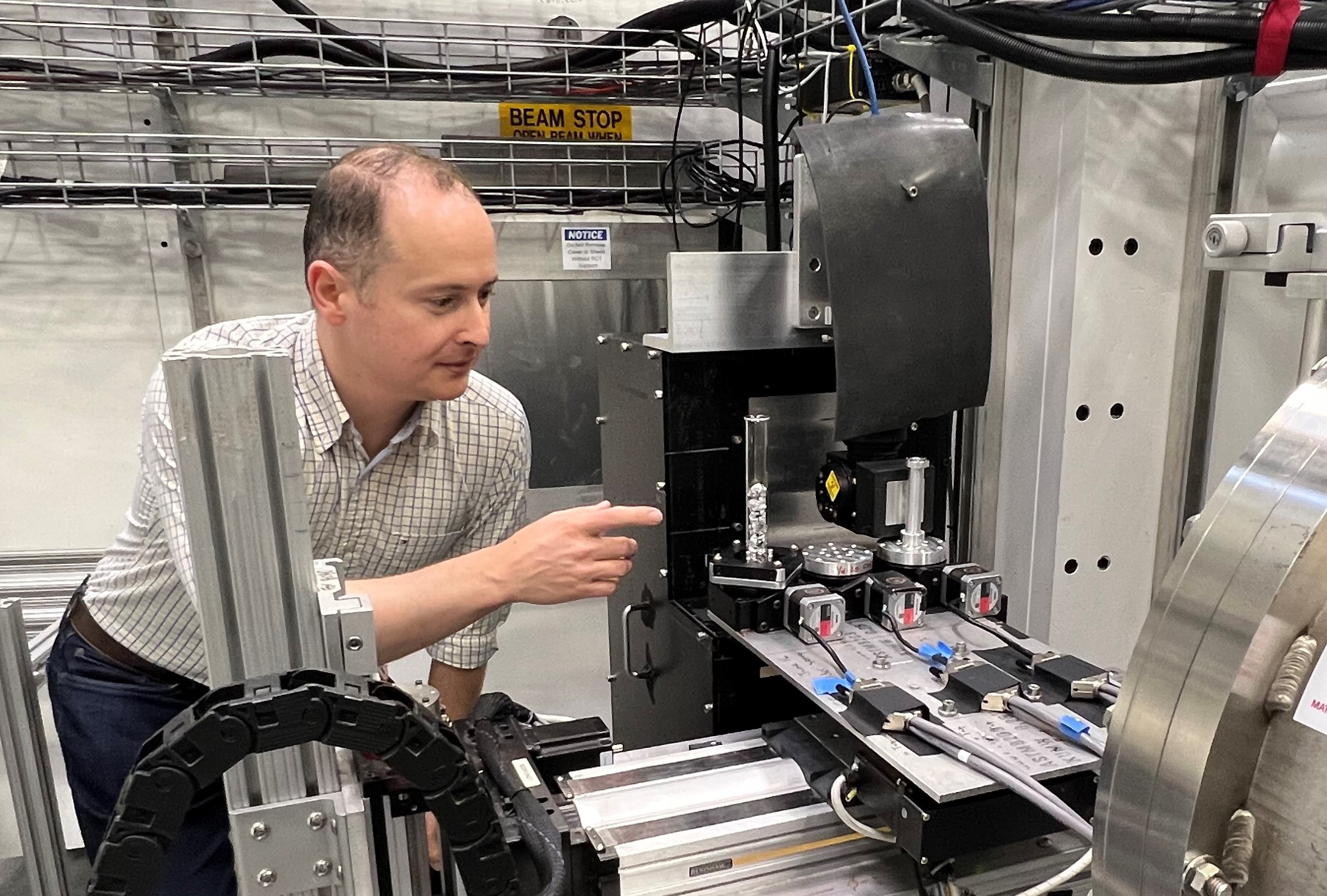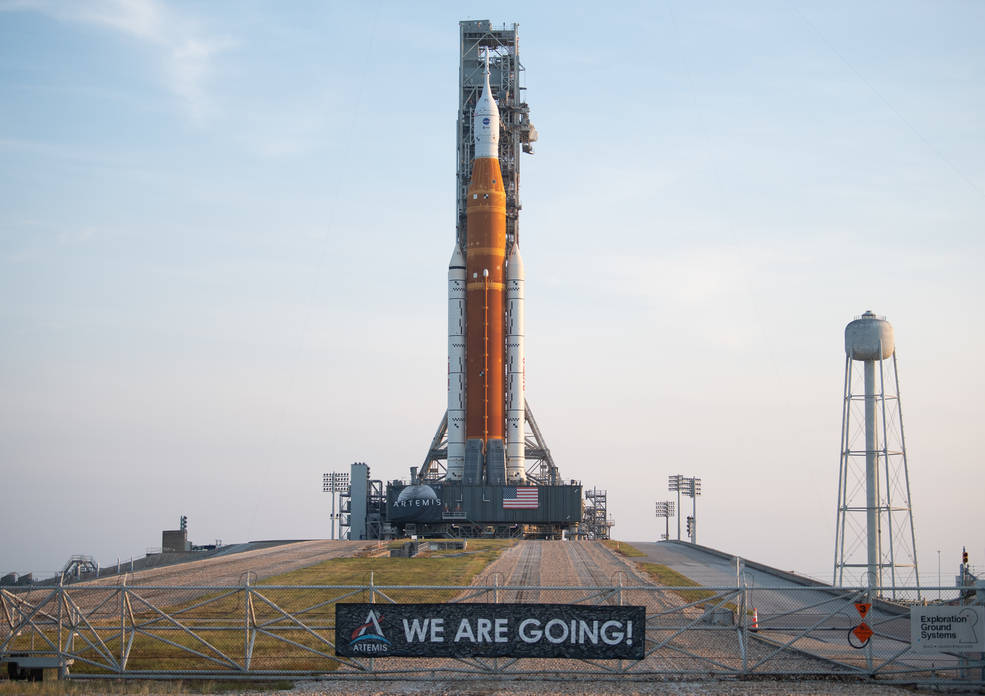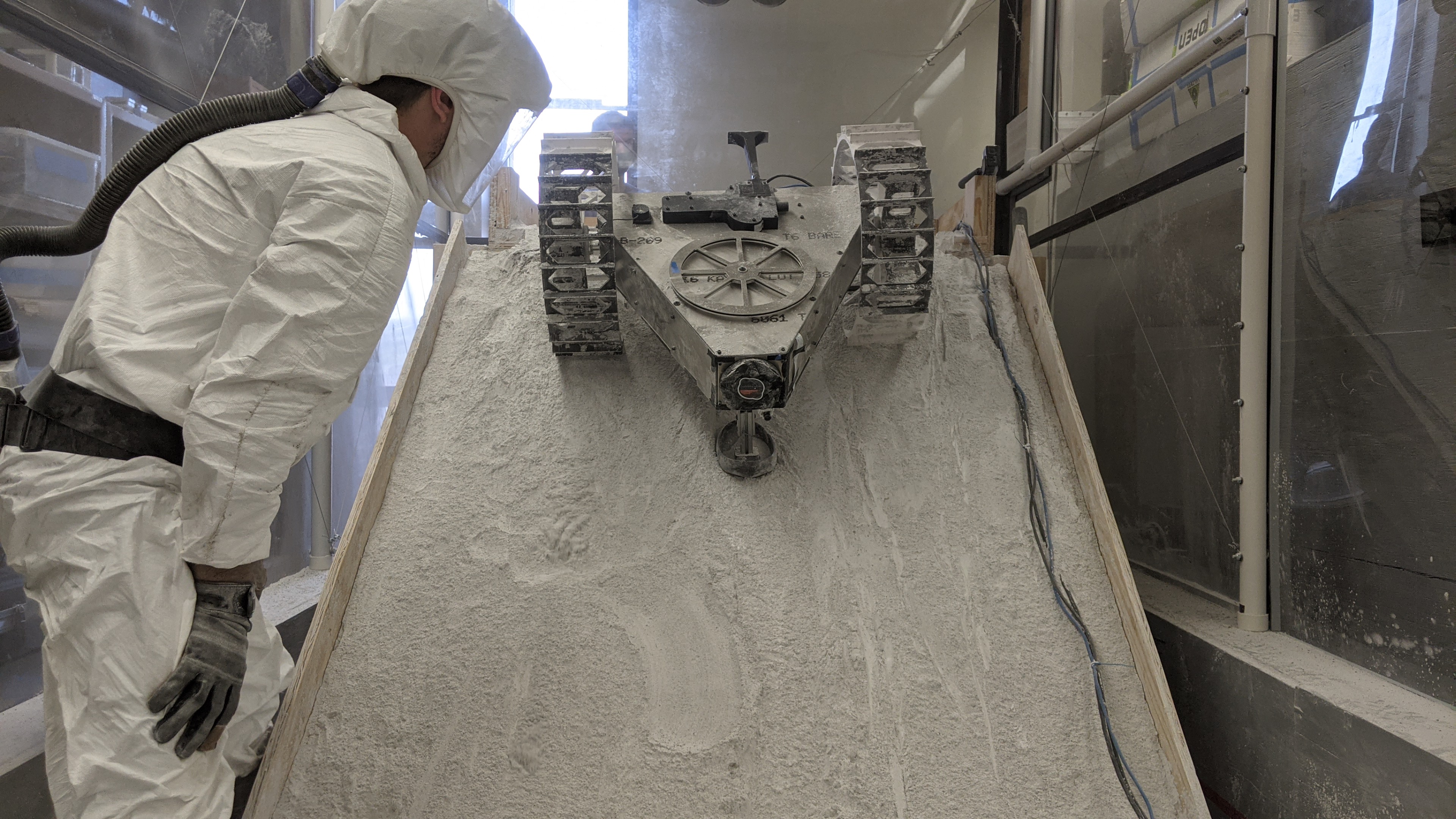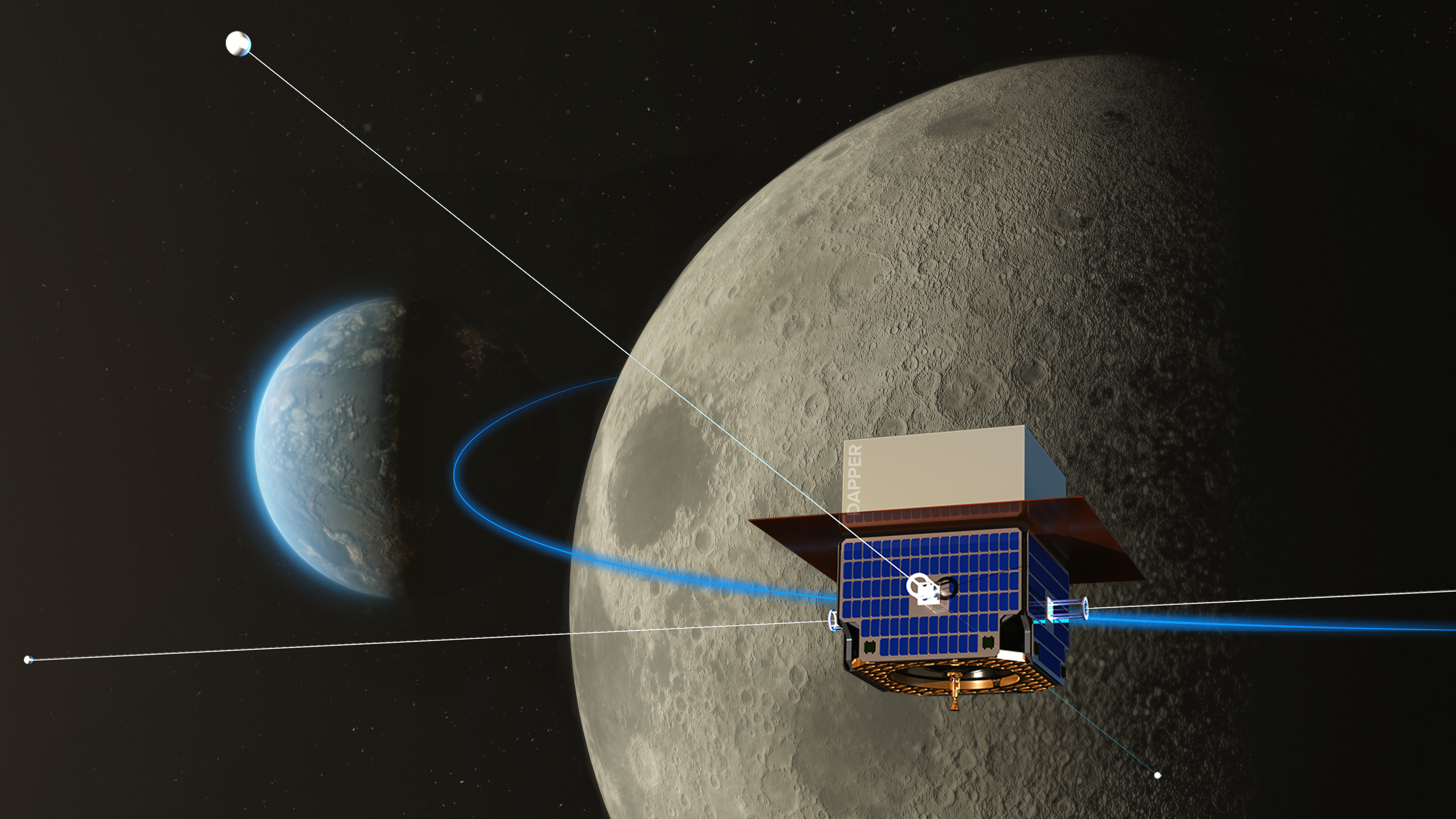Scientists at Washington University in St. Louis are developing a prototype for an instrument for a future Moon mission with support from a nearly $3 million grant from NASA.
Tag: Artemis
‘Junk DNA’ No More: Johns Hopkins Investigators Develop Method of Identifying Cancers from Repeat Elements of Genetic Code
Repeats of DNA sequences, often referred to as “junk DNA” or “dark matter,” that are found in chromosomes and could contribute to cancer or other diseases have been challenging to identify and characterize. Now, investigators at the Johns Hopkins Kimmel Cancer Center have developed a novel approach that uses machine learning to identify these elements in cancerous tissue, as well as in cell-free DNA (cfDNA) — fragments that are shed from tumors and float in the bloodstream. This new method could provide a noninvasive means of detecting cancers or monitoring response to therapy. Machine learning is a type of artificial intelligence that uses data and computer algorithms to perform complex tasks and accelerate research.

50 years after NASA’s Apollo mission, moon rocks still have secrets to reveal
NASA scientists are using neutrons at Oak Ridge National Laboratory to study moon rocks collected from the Apollo space missions. The samples are made of dust and rock fragments that combined and struck the moon’s surface possibly billions of years ago. As plans to travel to Mars progress, insights into the rocks could reveal more about the formation of the solar system and where water might be found on the moon.
Experts say the discovery of Earthbound asteroids and comets needs improvement; too many satellites could prevent discovery
A new survey of planetary defense experts from Apollo Academic Surveys and Olin College of Engineering reports that discovery of asteroids and comets needs improvement. In addition, the proliferation of commercial satellites could prevent them from identifying Earthbound asteroids and comets.
WashU Expert: Artemis launch brings us closer to space exploration goals
On Monday, Aug. 29, NASA plans to launch its Orion spacecraft from the world’s most powerful rocket for a trip around the moon. This launch of the uncrewed Artemis 1 mission is a step toward the goal of landing people…

NASA Sets Launch Coverage for Artemis Mega Moon Rocket, Spacecraft
NASA will provide coverage of prelaunch, launch, and postlaunch activities for Artemis I, the first integrated test of NASA’s Orion spacecraft, Space Launch System (SLS) rocket, and the ground systems at the agency’s Kennedy Space Center in Florida.
Working in Tandem: NASA’s Networks Empower Artemis I
NASA’s Artemis missions are returning humanity to the Moon and beginning a new era of lunar exploration. Soon, the agency plans to launch the Artemis I mission, an uncrewed flight test that will take a human-rated spacecraft farther than any before.
Powering the moon: Sandia researchers design microgrid for future lunar base
Sandia National Laboratories is well-known for designing reliable and resilient microgrids for military bases and vital city services. Now, Sandia researchers are working with NASA to design one for the moon.

MTU students win NASA’s BIG Idea Challenge
MTU students took home top honors — the Artemis Award — in NASA’s Breakthrough, Innovative and Game-changing (BIG) Idea Challenge. Eight university teams competed in the BIG Idea Challenge for 2020, called the Lunar PSR Challenge. The goal? Demonstrating different technologies and designs to study and explore the moon’s permanently shadowed regions (PSRs), which NASA officials note are a formidable challenge for space exploration.

NRAO Joins Space Mission to the Far Side of the Moon to Explore the Early Universe
The NRAO has joined a new NASA space mission to the far side of the Moon to investigate when the first stars began to form in the early universe.